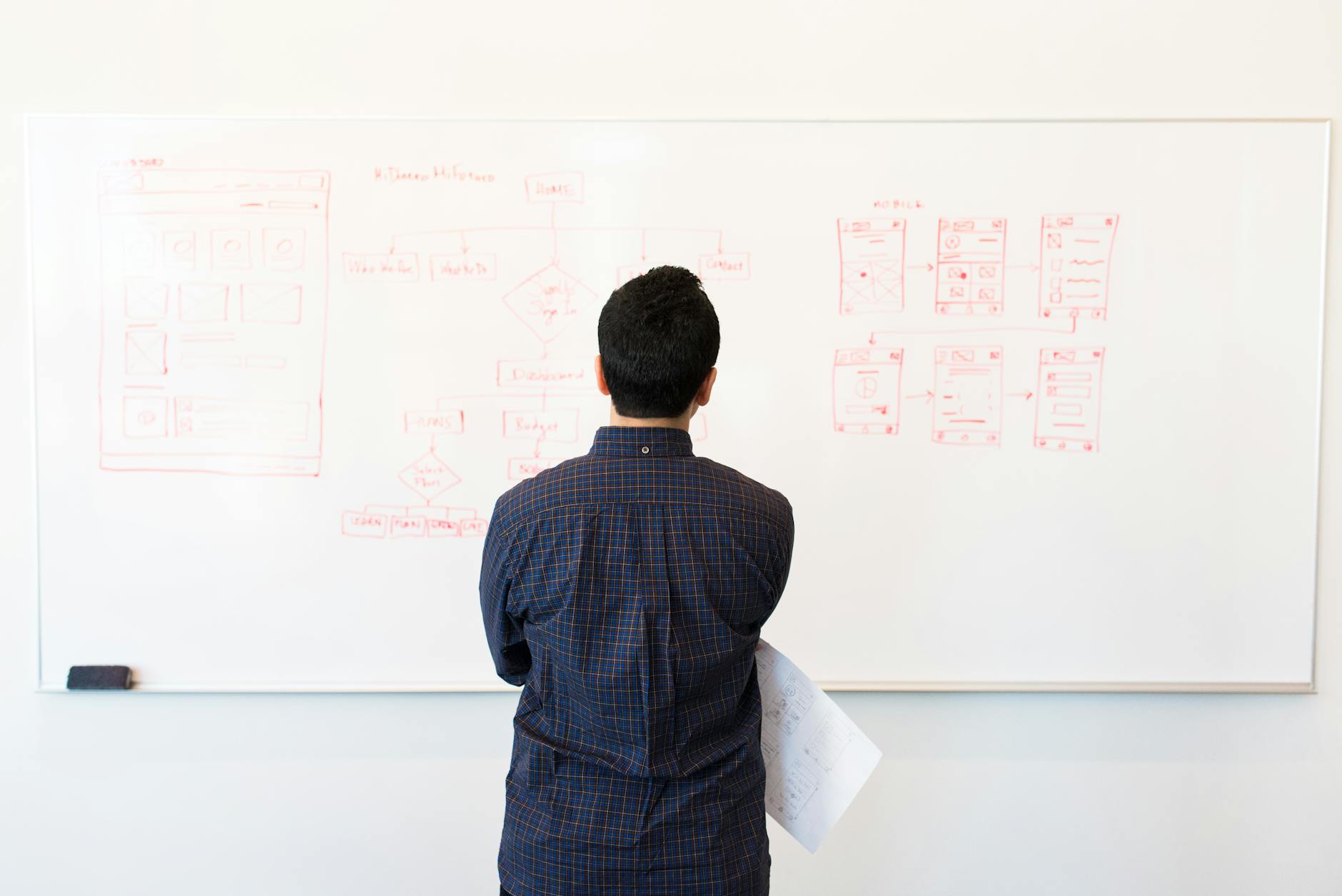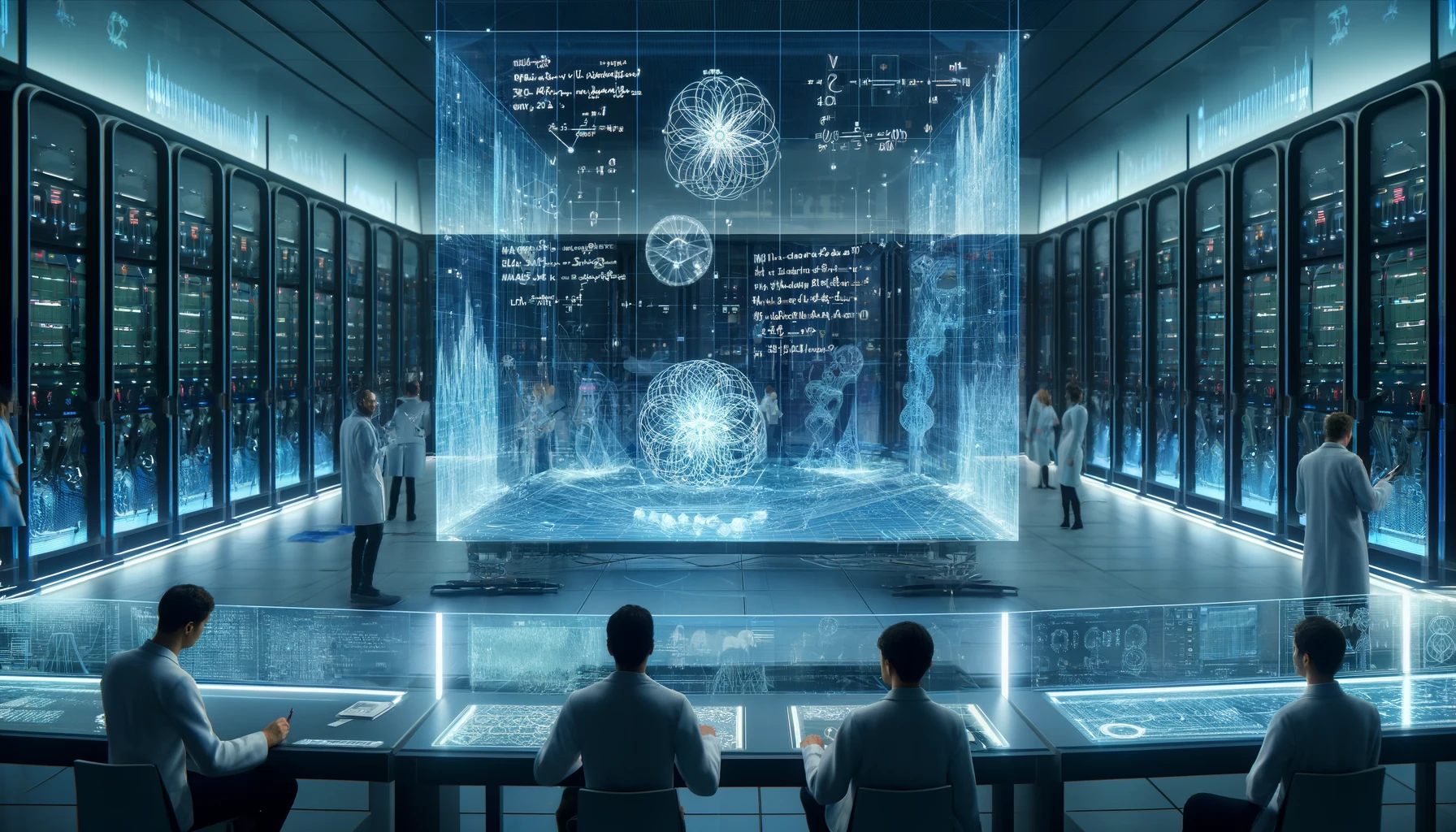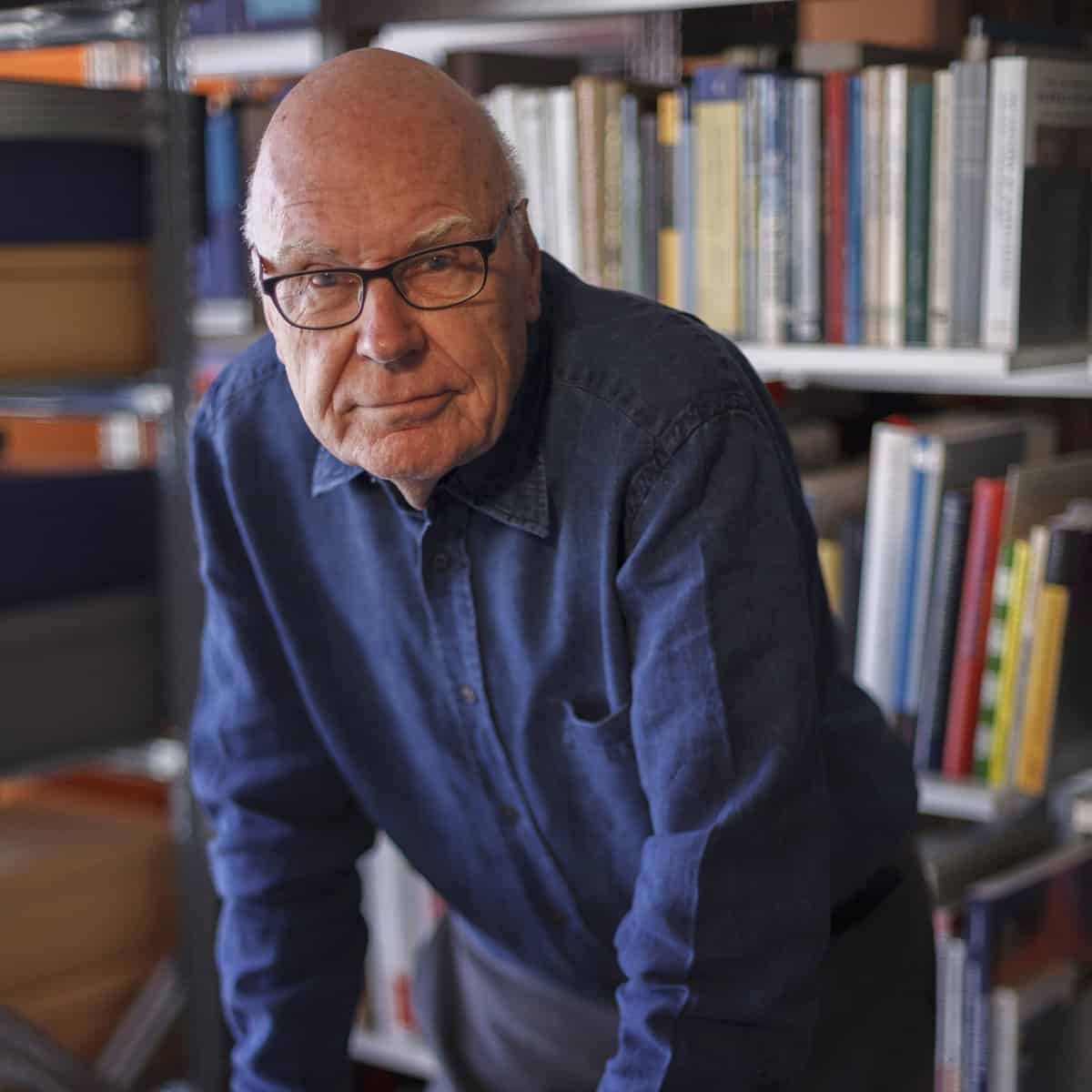Author: Admin
-

Future of UX Design: Trends and Career Paths
The ongoing digital transformation is reshaping the UX design and creative industries, characterized by evolving market dynamics and technological advancements. While the demand for UX professionals is transitioning towards strategic roles, opportunities persist in various creative fields. Adaptability, lifelong learning, and a focus on ethical practices will be essential for future success.
-

AI beyond LLMs
Large-Language Models are trained on text. These models understand the world by learning from our understanding of the world that has been expressed in textual form. This way even a blind ChatGPT knows something about color and their potential similarities without ever “seeing” color per se. Whenever something that ChatGPT generates makes sense the sense-making…
-

Design education latest trends
Disclaimer This following text is generated by GPT-4. Don’t take it too seriously. It is just a test. Design education has been evolving rapidly to keep up with the ever-changing demands of the industry. As technology continues to advance, new trends and approaches have emerged, shaping the way design is taught and practiced. Here are…
-

Gui Bonsiepe Chair: Designing for Possible Futures
The Faculty of Architecture, Design and Urban Studies of the Pontificia Universidad Católica de Chile in Santiago de Chile has dedicated a new educational chair named »Gui Bonsiepe-Chair: Design for Possible Futures«. It honors Gui Bonsiepes work and influence on the Design Culture and Design Education in Latin America and aims to expand knownledge and…